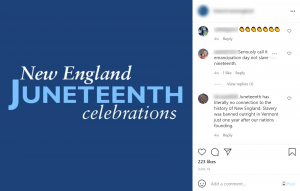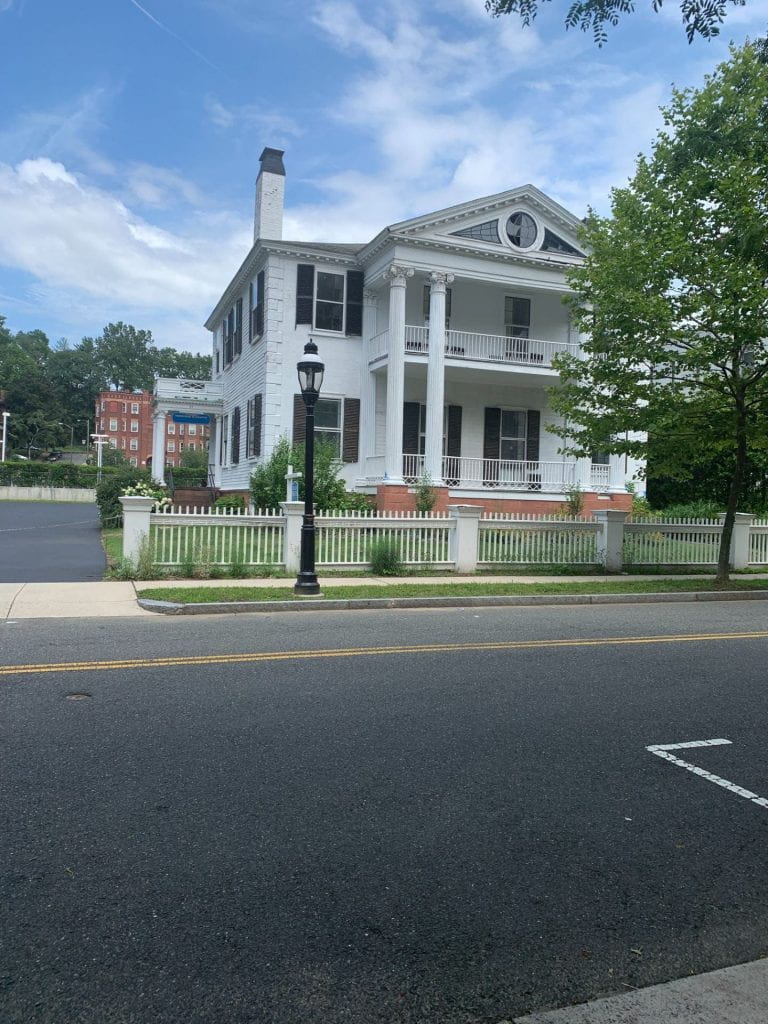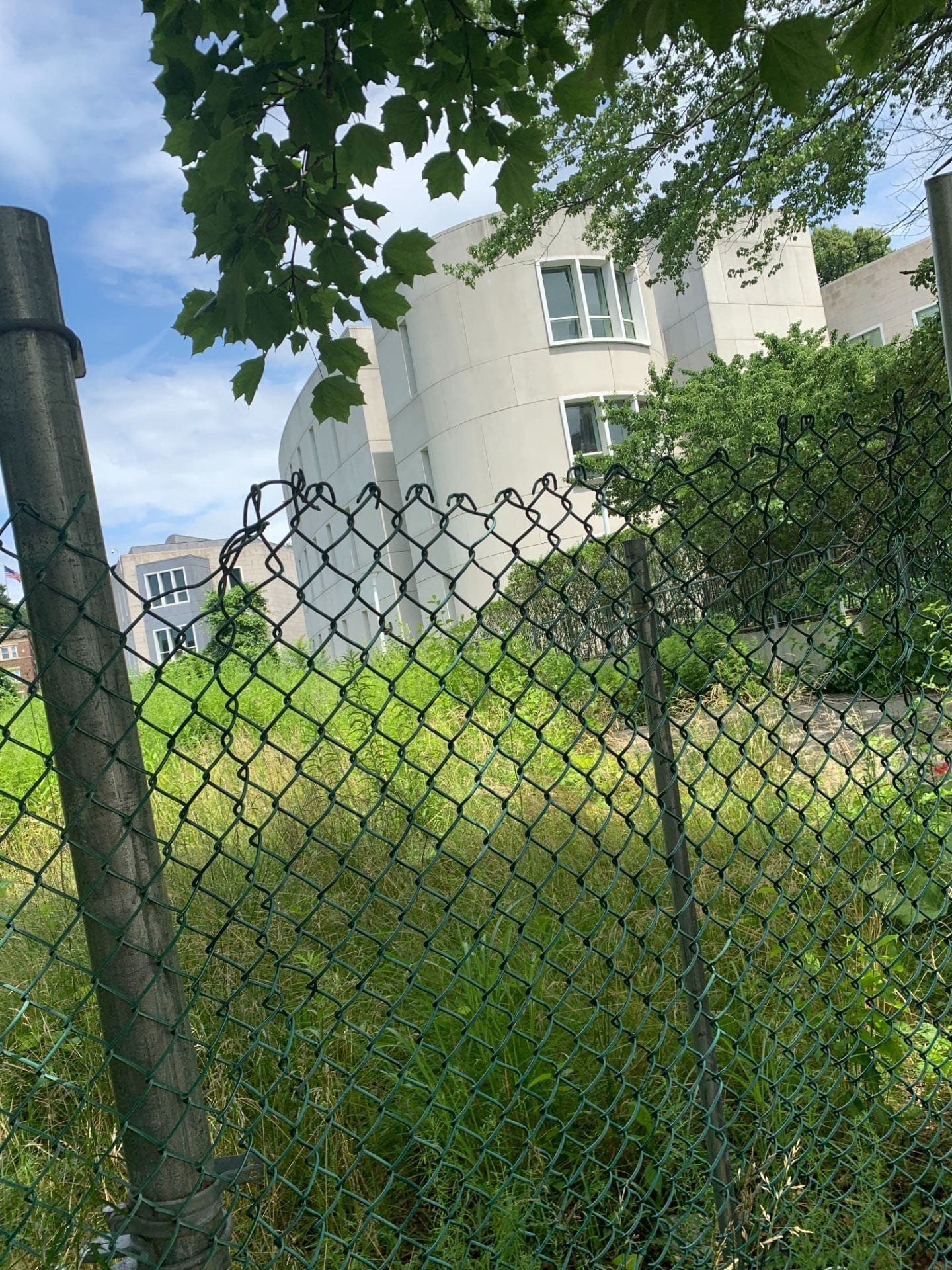
I recently saw a comment on a New England historical society’s Instagram post about Juneteenth events in the area questioning why the day would be celebrated here. The commenter seemed to believe that the history of New England is distinctly separate from the history of slavery, especially as Vermont was the first state to abolish slavery in 1777. This comment is part of a broader history of forgetting, one that suggests that Northern slavery either did not exist or was somehow “better.”
Of course, the commenter is not entirely wrong; most, but not all, Northern states abolished slavery long before the Civil War. The first result for the Google search “when was slavery abolished in Massachusetts” is a “Timeline of Events Relating to the End of Slavery” on the Massachusetts Historical Society website. There, Matthew Johnson says that
On July 8, slavery was effectively abolished in Massachusetts, with the ruling by the Massachusetts Supreme Court in the Commonwealth v. Jennison case. A slave named Quock Walker sued his owner for his freedom. The court ruled that he was free and the Commonwealth brought suit for wrongful imprisonment of Walker by Jennison. The court used the Massachusetts Declaration of Rights, that state “all men are born free and equal”, as the basis for saying that slavery was abolished under the Massachusetts Constitution, which include the Declaration of Rights.
While there is some question over the exact date slavery was outlawed in Massachusetts, no enslaved people were listed on the 1790 census. This serves as a partial explanation as to why there are relatively few enslavers associated with the founding of the college. However, it was not until 1836 in Commonwealth v. Aves that Massachusetts officially declared that any enslaved person brought into the state was legally freed. Israel Trask took advantage of this loophole.

The first letter indicating an enslaved person’s presence in Springfield appears to be the one written on November 18, 1827, the letter I mentioned in the last post. A PDF with images of all of the Trask letters held at Amherst is available on the Slavery and Amherst page of this site. Addressed to his wife Elizabeth in Springfield, it reads:
Tell Cesar & Lucy their friends are all well an rejoiced to hear that they have not conducted like Spencer. They would be glad to see them. I must remind Cesar to be attentive to the occonomy & cleanliness of the barn. And to keep good fires for you. I trust he will be faithful and Lucy also to all their duties [sic]. (Israel E. Trask Papers, Box 1, Folder 12)
What did Spencer do to receive such a bad report? Did Cesar and Lucy ever get a moment of rest, or were they forced to respond to the smallest of needs at every second? Though “domestic” or “house slaves” are often remembered as having an easier job than field hands, this was simply not the case as they faced greater proximity to their enslavers; their problems were different, but no lesser. An earlier letter dated November 14, 1818, addressed to Elizabeth in Brimfield mentions other enslaved people brought to the state:
Remember me to Mother & friends. I hope that Alice is a good girl. Tell Sally & Lucy to be careful of the children. And Upham–that he must make good fires to keep you all warm. (Box 1, Folder 2)
Other letters further reveal that Sally served as the cook for the family. Eventually, likely as a result of being in a “free” state, Lucy would go on to attempt to claim her freedom. A letter from James Lawrence Trask to Israel Trask dated October 4, 1828, responds to his brother’s remarks on the matter:
As to Lucys Claiming her freedom, it is no more than I expected when she left here,– Betty feels much hurt at Lucys conduct, and denies that she ever advised her to such a course, and says that she would not be hired to accept her own freedom, and be obliged to look out for a home & support like other free Negroes,– I have no doubt that Cesar will make the same claime,– It would be better for us under the present Circumstances to have them where they could pick from 10 to 12 bales of Cotton per year. (Box 1, Folder 13)
Further correspondence indicates that Lucy did not claim her freedom as Trask instructs his wife to “tell Lucy her friends inquire anxiously about her & express a hope that she will not follow Cesar’s example” (January 6, 1829, Box 1, Folder 13). Again, there is frustratingly little of Trask’s own opinion on the matter, but his interactions with Sally, to be explored in a later post, may indicate how he felt about emancipation and abolition.
Of course, Trask was not the only one to take advantage of this loophole. Advertisements in contemporary Massachusetts newspapers for run away indented “negro” or “colored” servants illustrate the widespread nature of bonded labor even after the abolition of slavery. Though the most commonly cited (in “Seventeen Eighty-Three: The Turning Point in the Law of Slavery and Freedom in Massachusetts” and “The Quock Walker Cases (1781-83) – Slavery, its Abolition, and Negro Citizenship in Early Massachusetts”) is the 1804 advertisement for Ephraim Pomp of Malden, there are other examples closer to Trask. In 1829, an “indented Black girl by the name of Mary Freeman” ran away from Samuel Lyman of Springfield. Were these actually indentured servants, and thus not bound in perpetuity, or was this simply slavery by another name? In Trask’s case, the answer is clear.
*****
Though the Trask house and its occupants have long existed in public memory in the form of wartime occupation, restoration fundraising, the Convention and Visitors Bureau of the Springfield Chamber of Commerce, and countless newspaper articles recounting its history, its association with slavery has almost never been made public. This, in part, is due to the nature of Northern slavery; rather than living in separate slave quarters, enslaved people in the North and in urban areas often (but not always) lived inside the house, sleeping in attics and garrets and even on pallets on the kitchen floor.* This phenomenon is also, in the same vein as the commenter who believes Juneteenth has no place in New England, part of a broader culture of collective forgetting attributed by Marc Howard Ross to a belief that slavery in the North happened too long ago, was statistically and economically insignificant, or that enslaved people were treated better than in the South (Slavery in the North: Forgetting History and Recovering Memory, 8-10).
In these various newspaper articles, Trask is most often remembered as owning a plantation near Natchez, Mississippi, and helping to orchestrate the Louisiana Purchase. Only in one article, published on December 16, 1894, in the Springfield Republican is Trask remembered as having “returned [to the house] each summer with a retinue of servants, and drove about in a yellow coach.” The same article reports that “[t]he Trasks built two large wings on the east and west sides, and as there were various servants’ quarters and sheds in the rear, the structure was rather ungainly.” While it is unclear if there were any free people working on the property, this blanket renaming of “enslaved people” to “servants” minimizes the role slavery played in the property’s history.
Indeed, after Israel’s death in 1835, Elizabeth seems to have kept up the practice of bringing enslaved people to Springfield. While in the process of selling the house in 1857, Mrs. Trask met with Henry Alexander, Jr., the home’s eventual buyer, and his daughter Julia Bowles Phillips (née Alexander). Several decades later, Phillips remembered the occasion:
I was brought here [to the house] by Father one afternoon when he came to talk over some business arrangement with the former owner, an elderly Southern lady who occupied it as a summer residence, bringing with her a family of two sons and a beautiful daughter, a retinue of slaves, a fine yellow coach and thoroughbred horses.
Exactly what number constitutes a “retinue” is unclear, as Phillips, like the majority of newspaper articles, then goes on to focus on the architecture and decoration of the house. Did any of these people come to know of the Ames decision and declare their freedom? Or did they, like the formerly enslaved people in Texas that first celebrated Juneteenth, learn of their freedom long after it was established?

The house is now for sale again, listed for a whopping $888,000. The listing makes no mention of the enslaved people that once worked and lived in the house, but it takes care to mention the “substantial” income potential along with its proximity to $200 million in new construction in the form of the new federal courthouse. Nowhere else, except for Philadelphia’s The President’s House: Freedom and Slavery in the Making of a New Nation is the juxtaposition between justice and injustice so clear (though one could argue that the juxtaposition exists within the courthouse itself). One can imagine Lucy or Cesar looking out the window across to the courthouse, the avenue through which others sought their freedom, and creating their own plan.
NB: Yet another connection between Trask and the legal system. About the same time Trask subscribed to Amherst College’s Charity Fund, he subscribed $300 to the fund to purchase the land that is now Court Square and build a county courthouse. A memorial to Union soldiers now stands at the site.
*See also Marc Howard Ross, Slavery in the North: Forgetting History and Recovering Memory (University of Philadelphia, 2018), 66.

You must be logged in to post a comment.